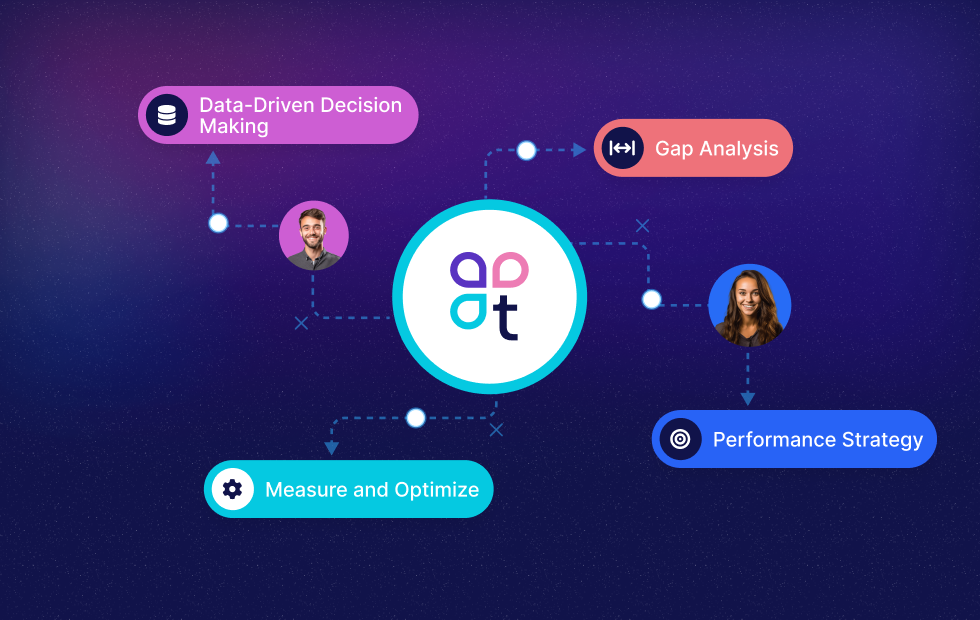
Without effective measurement, organizations risk making decisions based on assumptions rather than data, leading to missed opportunities for improvement. To drive meaningful change, it’s essential to implement a measurement methodology that accounts for the entire employee lifecycle. By doing so, organizations can gain a comprehensive understanding of their recruiting, hiring, and performance processes, leading to more informed decisions and better outcomes.
The Four Pillars to Measure Hiring Lifecycle Success
- Discover: Understand the success of your marketing efforts and external presence. This phase focuses on how well your organization is attracting potential candidates through various channels.
- Attract: Gain insight into each step of the interview process and the overall candidate experience. This helps in identifying strengths and weaknesses in how candidates are engaged and assessed.
- Achieve: Evaluate the success of departmental performance and the overall hiring process. This ensures that the right candidates are being placed in the right roles and that departments are functioning effectively.
- Retain: Determine whether your organization is making “right fit” hires and conveying an authentic message to candidates. Retention rates and reasons for termination provide crucial insights into the long-term success of your hiring strategies.
Establishing a Measurement Baseline
To begin, it’s critical to determine both the current state and the desired future state of your recruiting, hiring, and performance measurement processes. This approach allows your organization to identify key metrics and proactively address any process gaps that may hinder effective measurement.
- Understand Current State: Start by mapping your current recruiting, hiring, and performance measurement processes. Gather all available data to understand your starting point.
- Define Future State: Next, outline the desired future state for these processes, aligned with your overall organizational goals. This step involves determining prospective measurement capabilities and setting clear objectives.
- Conduct Gap Analysis: Identify gaps between your current and future states, focusing on the processes and data needed to achieve your goals. This analysis will highlight areas where improvements are necessary.
- Validate Support Process: Resolve any process issues that may be impacting measurement. Define and implement strategies to close these gaps, ensuring a seamless transition toward your future state.
- Collect Data: Once the measurement metrics, data storage, and collection processes are finalized, it’s time to collect the data. Determine the format for reporting, the rhythm of distribution (monthly or quarterly), and who will receive the reports.
Key Metrics for Data-Driven Decision Making
To truly understand and optimize each stage of the employee lifecycle, your organization should focus on the following metrics:
- Discover: Track hired candidates by entry channel, applications received, and website analytics (conversions, new and returning users, navigation paths).
- Attract: Monitor applications received to hires, interview-to-hire ratios, offer acceptance rates, and average time between hiring steps.
- Achieve: Measure employee performance levels, open-to-filled position ratios, and cost per hire.
- Retain: Analyze termination reasons, retention/attrition rates, and average tenure.
Empower Your Organization with TalentBloom
Ready to transform your organization’s measurement strategy? TalentBloom is designed to help you capture and analyze the data you need to make informed, data-driven decisions. From recruitment to retention, TalentBloom equips your organization with the tools to measure success at every stage.
From understanding your current state to closing process gaps, TalentBloom is your partner in creating a measurable, impactful hiring and performance strategy. Reach out to get started!